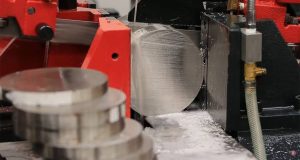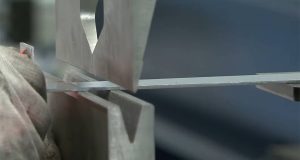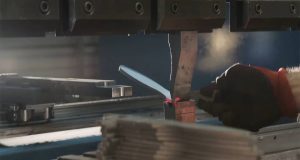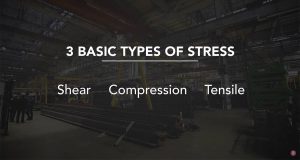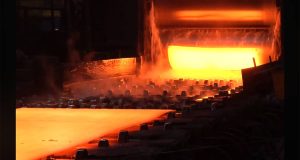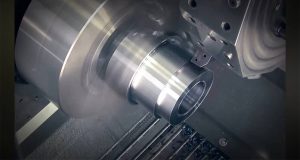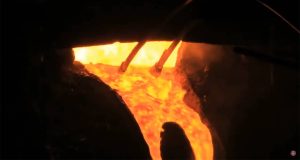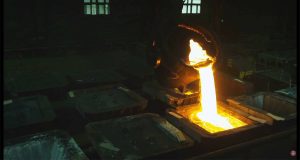Unveiling the Building Blocks of Steel
Steel is much more than just a metal; it’s a material that drives innovation across industries. Its unique combination of strength, flexibility, and durability makes it indispensable. Understanding what goes into steel its composition and manufacturing process helps reveal how it has become the backbone of modern construction, transportation, and engineering.
The Key Elements in Steel’s Composition
Steel is primarily an alloy of iron and carbon, but it’s the additional elements that give it specialized properties. Key components include:
- Carbon: The primary hardening element, controlling strength and ductility.
- Chromium: Provides corrosion resistance, crucial for stainless steel.
- Nickel: Adds toughness and resistance to extreme temperatures.
- Manganese: Improves wear resistance and tensile strength.
- Molybdenum: Enhances strength at high temperatures and resistance to corrosion.
- Sulfur and Phosphorus: Added in small amounts to improve machinability.
These elements are carefully controlled during manufacturing to create various steel grades suited to specific applications.
How Properties Define Steel’s Versatility
Steel’s versatility lies in its properties. These characteristics can be adjusted through alloying and heat treatment processes:
Steel’s tensile strength allows it to bear heavy loads without breaking, while its ductility ensures it can be shaped and formed. Heat treatments such as annealing or quenching modify the internal structure to achieve the desired hardness or flexibility. This versatility has made steel a favorite in industries requiring both precision and durability.
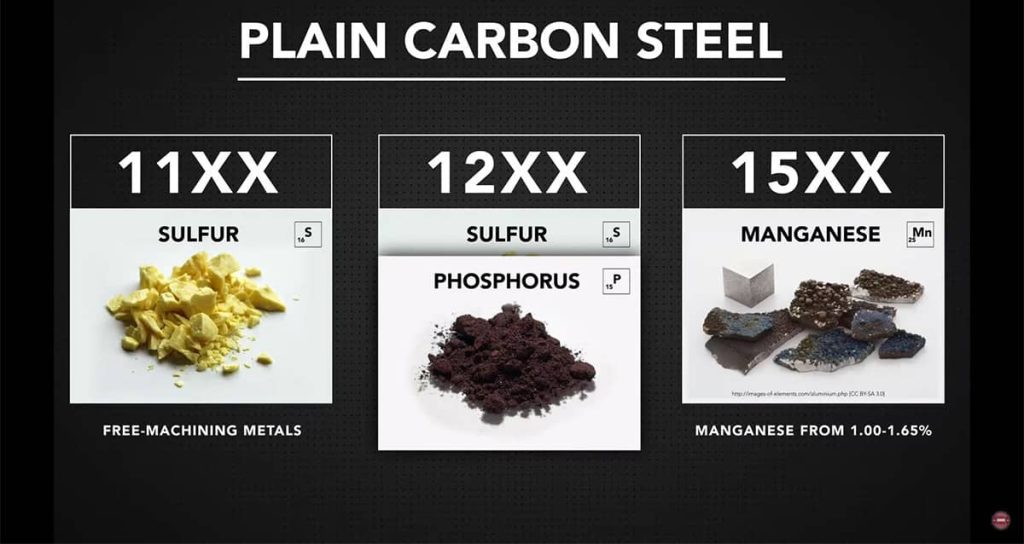
The Journey from Ore to Finished Product
Steelmaking is a precise and energy-intensive process. Starting with raw iron ore, steel undergoes several transformations to reach its final state.
In a blast furnace, iron is combined with carbon-rich coke and limestone to create molten iron. Afterward, impurities are removed, and alloying elements are added during the refining process. The molten steel is then cast into molds and shaped using rolling or forging techniques. Advanced recycling methods using electric arc furnaces have also enhanced sustainability in steel production.
Steel Classifications for Specific Applications
| Classification Type | Features | Common Applications |
|---|---|---|
| Low Carbon Steel | Ductile, easy to shape | Automotive panels, pipes |
| Medium Carbon Steel | Stronger, balanced ductility | Construction equipment, axles |
| High Carbon Steel | Hard, wear-resistant | Cutting tools, springs |
| Stainless Steel | Corrosion-resistant | Kitchen appliances, medical tools |
| Tool Steel | High durability | Drills, dies, cutting edges |
Understanding these classifications helps industries choose the right steel for their needs, ensuring optimal performance and efficiency.
The Importance of Heat Treatments
Heat treatment is a crucial step in customizing steel’s properties. When heated, steel transitions through various phases such as ferrite, austenite, and cementite. Each phase offers unique characteristics:
- Austenite Phase: Absorbs more carbon, leading to hardened steel.
- Ferrite Phase: Provides flexibility and toughness.
- Cementite Formation: Increases hardness but reduces flexibility.
These processes allow manufacturers to create steel tailored for specific applications, from flexible pipelines to ultra-hard cutting tools.
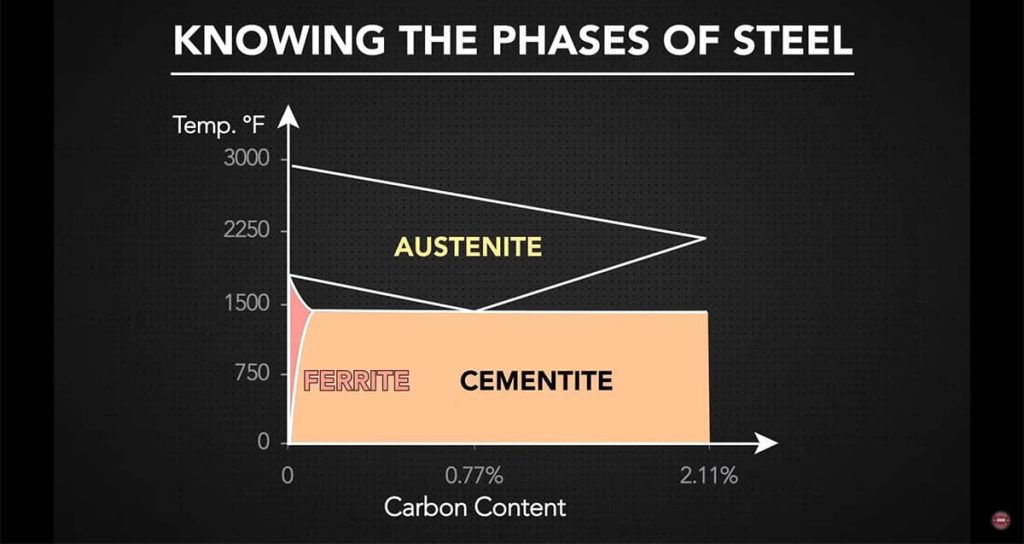
Why Steel Is Essential in Modern Manufacturing
Steel’s ability to adapt to various requirements makes it a cornerstone of modern manufacturing. It supports industries such as construction, automotive, and aerospace with unmatched reliability. Its recyclability and adaptability ensure it remains a sustainable choice for future innovations.
Advantages of Steel for Various Industries
- Construction: Provides structural strength for skyscrapers, bridges, and railroads.
- Automotive: Balances strength and weight in vehicle frames.
- Medical: Offers corrosion resistance for surgical tools.
- Energy: Withstands high temperatures in turbines and pipelines.
Steel’s versatility ensures its continued role in supporting progress across industries.
The Future of Steel in Innovation
The science of steel continues to evolve with new technologies and materials. As industries demand greater efficiency and sustainability, steel manufacturers are investing in advanced techniques such as nano-alloying and high-strength composites. These advancements promise to expand steel’s capabilities and ensure it remains a foundational material in engineering and design.
Test Your Knowledge: The Phases of Steel Quiz
Think you know the ins and outs of steel and its transformative phases? Head over to SawbladeUniversity.com and challenge yourself with the “Knowing the Phases of Steel” quiz. Explore how temperature changes impact steel’s structure and properties, from ferrite to austenite and beyond. It’s a fun and educational way to sharpen your expertise and apply your understanding to real-world applications. Take the quiz today and see how much you really know!
Discover the Role of MWF Fluids in Machining
Are you looking to optimize your machining processes and extend the life of your equipment? Learn how MWF (Metalworking Fluids) play a critical role in improving cutting performance, reducing heat, and ensuring precise results. Our detailed article, “MWF Fluids in Machining: Enhancing Performance and Longevity,” explores the types of fluids, their benefits, and best practices for application. Unlock the secrets to smoother operations and longer tool life check it out today!
Steel is not just a material it’s a symbol of strength, innovation, and adaptability. Understanding its science allows industries to push boundaries and achieve greater efficiency in their pursuits.

